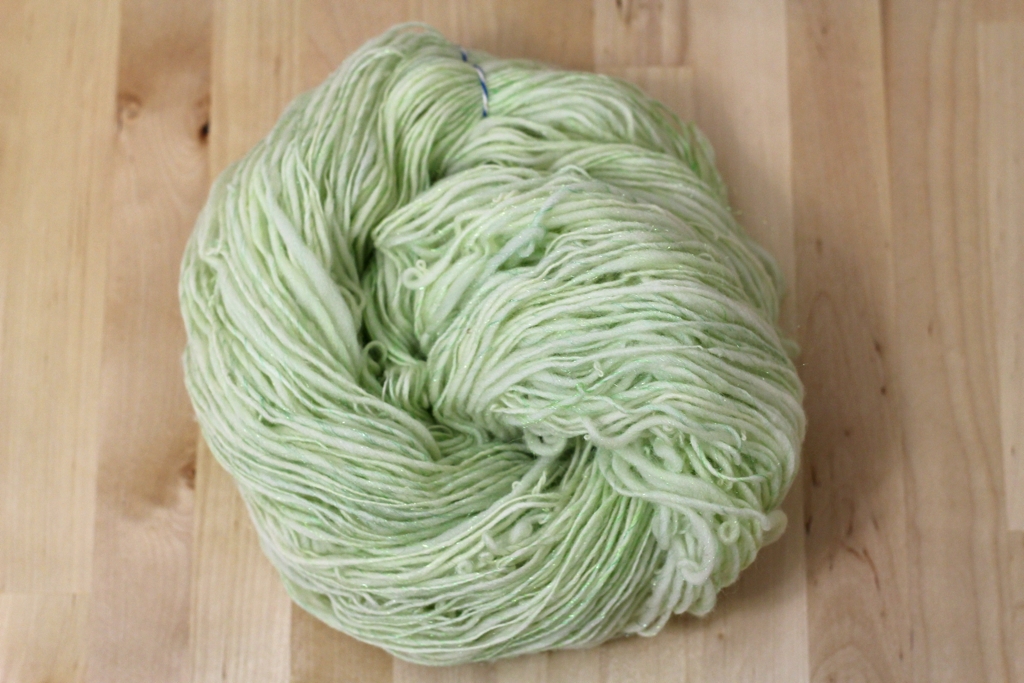FO: Fructose Hat
/Don’t let the green leaves in the background trick you. I finished knitting and blocking this hat just in time to wear it for the weekend’s snow.
When I moved to Los Angeles, I only brought one hat knitted hat with me, the Slouchy Babe. That was fine for awhile because it never got cold enough to wear it. Then I moved to San Francisco, the land of fog and rain, and actually needed a hat. Slouchy did it’s job admirably, but I got bored of only wearing one hat. But not bored enough to actually cast on for another hat until I moved again. Road trip knitting is a definite necessity after all. Alex Tinsley’s Fructose had been near the top of the queue for awhile and I already had the yarn picked out, a sparkly handspun single. I cast on the week before the cross-country drive and stashed it in my purse for the trip.
Fructose turned out to be the perfect project. It was simple enough to let me knit while checking out the scenery and easy to come back to after navigating or putting it down for the night. I knit while we drove across stormy Donner Pass. I knit round after round across deserts, salt flats, plains, and mountains. Sometimes I took it out just put in my lap and stare out the window. I put a few more rounds on it after The Bearded One and I were unpacked. Then I couldn’t knit for 2 frustrating weeks which is why it took a month for me to finish. The hat’s worth the wait though. It’s warm, cosy, and cute too.
I spun the yarn, a blend of Columbia and green Firestar, during the 2015 Tour de Fleece. I only had 2 oz of fiber so I decided to keep it as a single. It’s definitely not my most consistent handspun but the thick and thin created great texture within the ribbing. Going to file that trick away for the next time I knit with wild or wild-ish handspun. I haven’t given up on the #handspunchallenge and this hat is only making me want to knit with more of stashed beauties.
When I cast on I was a little worried that the sparkle from the Firestar would be overwhelming. It’s not though. The Firestar adds mottled color and only up close does the glint of the fiber come into play. Glad I didn’t shy away from it and skip the sparkle.
Pattern: Fructose by Alex Tinsley
Yarn: 138 yds of sport weight handspun
Needles: US 6 (4 mm) circulars
Dates: March 5 - April 8, 2016



































